30 Best Underwater Illustration Ideas You Should Check

Source: Allison 美林 Chin, Flying in the Light, Behance, https://www.behance.net/gallery/210381753/Flying-in-the-Light
Dive deep into the imaginative world of underwater illustration—where coral castles, curious sea creatures, and mysterious ocean shadows come to life! This article is your creative treasure map to the best underwater illustration ideas worth exploring, whether you're a hobbyist, pro illustrator, or just looking for some visual inspiration. From whimsical jellyfish and sleek mermaids to colorful reef scenes and deep-sea monsters, the possibilities beneath the waves are endless.
What makes underwater illustration truly unique is its ability to blend fantasy with fluid motion. Water gives artists a chance to experiment with light diffusion, weightless movement, and dreamy gradients of blue and green. You’ll discover themes that mix reality and surrealism, incorporating everything from tropical fish schools to sunken pirate ships and ancient ruins teeming with aquatic life.
Get ready to dip your brush—or stylus—into a world where gravity doesn’t exist, colors bloom in unexpected ways, and creativity flows like a current. Whether you’re aiming for something playful, eerie, or tranquil, there’s an underwater illustration style here just waiting to surface. Let’s explore the best ideas that will keep your imagination swimming with inspiration!
Underwater Illustration Ideas

Source: Remi_Jc, Instagram, https://www.instagram.com/p/CH8xBZtj88T/

Source: Hebe.Studio, Instagram, https://www.instagram.com/p/CJ01Q97Bhqa/

Source: RedTeeth NLF, Indulgence, Behance, https://www.behance.net/gallery/45633215/Indulgence

Source: J.P.Misslecrow, Instagram, https://www.instagram.com/p/CULhDLGPTLS/

Source: Jennica.Lou, Instagram, https://www.instagram.com/p/CPguM_ynjRs/

Source: Itsmetalent, Instagram, https://www.instagram.com/p/CdnubSyNFA9/

Source: Elena Panfilova, Illustration Underwater, Behance, https://www.behance.net/gallery/90338453/Illustration-Underwater

Source: Claudia Volonté, Humpback Whales Song, Behance, https://www.behance.net/gallery/231511751/Humpback-Whales-Song

Source: Swathiga Sakthivel, Underwater, Behance, https://www.behance.net/gallery/230191735/Underwater

Source: Itsmetalent, Instagram, https://www.instagram.com/p/CoXhmZkrKac/

Source: Andi_Bell_Art, Instagram, https://www.instagram.com/p/CGsG5u4Bo2v/

Source: Artsnchips, Instagram, https://www.instagram.com/p/CGIXHjAhWkG/

Source: Allison 美林 Chin, Pasture of the Sea, Behance, https://www.behance.net/gallery/215052809/Pasture-of-the-Sea

Source: Tashasnormalmadness, Instagram, https://www.instagram.com/p/B_XBhb4pVxS/

Source: Alex Bar, Scales&Tails Banjo's Underwater, Behance, https://www.behance.net/gallery/226669027/Scales-Tails-Banjos-Underwater-Opry-childrens-book

Source: Daniel Crespo Saavedra, The Sevillaner Calendar, Behance, https://www.behance.net/gallery/216419843/The-Sevillaner-Calendar

Source: Lele.Watercolor, Instagram, https://www.instagram.com/p/Cb9smqtPuwW/

Source: Romanceofbooks, Instagram, https://www.instagram.com/p/CyEsd4eL2Gz/

Source: Zoeellison__, Instagram, https://www.instagram.com/p/CNUscSKndKl/

Source: Forplanetocean, Instagram, https://www.instagram.com/p/CtT6fsPthY0/

Source: Eleanoronyx, Instagram, https://www.instagram.com/p/CL3uMP9haAS/

Source: Vaughn_Designs, Instagram, https://www.instagram.com/p/CE8Cn93MCZ9/

Source: Vanya_Sergeew, Instagram, https://www.instagram.com/p/CgJ4NV1MoVK/

Source: Matt Chinworth, Jonah Illustrated Book, Behance, https://www.behance.net/gallery/154138923/Jonah-Illustrated-Book

Source: Murysina, Instagram, https://www.instagram.com/p/Be8lRbTAGvI/

Source: Chaaya23, Instagram, https://www.instagram.com/p/CexcL9ErZgA/

Source: Romanceofbooks, Instagram, https://www.instagram.com/p/CejMKxruRLW/

Source: Zoeellison__, Instagram, https://www.instagram.com/p/CtOUDYrqoGK/

Source: Redbubble, Instagram, https://www.instagram.com/p/BIgNDiJhUBF/

Source: Allison 美林 Chin, Flying in the Light, Behance, https://www.behance.net/gallery/210381753/Flying-in-the-Light
What Colors Work Best in Underwater Illustration?
Color plays a magical role in underwater illustration. It’s not just about making things look “wet” or “blue”—it’s about creating mood, movement, and mystery all at once. Since the ocean world is layered with light, depth, and unusual hues, the right color palette can transform your artwork from surface-level to breathtakingly deep. Let’s take a dive into five fun and unique color approaches that make underwater illustration come to life:
Shades of Blue and Teal Are the Essentials
Unsurprisingly, blue is your number one go-to for underwater scenes. But it’s not just one shade! Play with gradients ranging from soft sky blue to rich indigo or teal. Teal brings a touch of tropical warmth, while navy offers drama and mystery. Blending them together simulates depth and distance in the water. Try layering transparent washes or gradients to give the illusion of shifting currents and depth zones.
Use Pops of Coral and Warm Hues
The ocean isn’t just cool tones—introducing warm pops of coral, orange, or yellow can liven up your scene and draw attention to focal points. Think of glowing jellyfish tentacles, flickering scales on a fish, or sunlit reflections on seaweed. Warm colors give the underwater environment a magical contrast and help animate the cooler blues surrounding them. It's like adding little sparks of life in an otherwise chill zone.
Play with Deep Purples and Emerald Greens
If you're leaning into the mysterious side of underwater illustration, purples and emerald greens are your creative allies. They evoke the feel of deep-sea environments where light barely touches and strange creatures lurk. These colors bring a mythical tone, perfect for scenes with mermaids, hidden ruins, or glowing creatures. Layering these with hints of soft light adds cinematic flair to your underwater mood.
Glow Effects with Neon Accents
Want your illustration to look like it's from another world? Add some neon! Electric blues, glowing greens, or even soft pinks can mimic bioluminescence—a real phenomenon found in deep-sea life. These glowing accents can highlight eyes, fins, bubbles, or even magical artifacts. Neon effects, when used carefully, bring an otherworldly, almost dreamlike feel to your art.
Grayscale with a Splash of Color
Here’s a fun twist—try doing an underwater illustration in grayscale, then highlight one or two elements with full color. This technique creates visual drama and focuses the viewer’s attention. A grayscale reef with a single bright-orange clownfish swimming through? Stunning. It’s a powerful storytelling tool, allowing mood and meaning to rise to the surface.
When working with underwater illustration, always consider how color behaves under water—light fades the deeper you go, and colors become muted with depth. This makes your use of contrast and saturation even more important for guiding the viewer's eye. In the end, the best colors for underwater illustration depend on your vision. Whether you go dreamy and soft or bold and glowing, the sea is your playground, and color is your tide.
What Are the Best Textures to Use in Underwater Illustration?
When it comes to underwater illustration, texture can take your visuals from “nice fish” to “wow, I can feel the sea!” The ocean is a treasure chest of sensory inspiration—soft sand, slippery scales, rippling water, and rough coral all offer exciting texture ideas to bring your art to life. Whether you’re going for realism or fantasy, using the right textures makes your illustration feel immersive and dynamic. Let’s explore five of the best textures you can play with:
Rippled Water Patterns
Nothing screams underwater quite like the hypnotic dance of light across water surfaces. Using rippled textures or subtle wave distortions can create a realistic sense of movement in your piece. These textures can overlay your whole scene or be isolated to specific areas like the ocean floor, swimming fish, or shafts of light. You can mimic this with soft brush strokes, layered gradients, or even photographic overlays—just keep the edges fluid and irregular, like real water.
Scales and Skin Details
Fish, sea serpents, and mythical mermaids all need a texture makeover to look their best. Scales are a perfect opportunity to add detail, depth, and shimmer. You don’t have to render each scale individually—create scale brushes or use patterned layers to suggest texture without overcomplicating. Also, consider different skin finishes: slimy, leathery, rubbery, or even metallic depending on the creature’s vibe. It’s texture storytelling at its finest!
Coral and Rock Textures
The underwater world isn’t just smooth and sleek—it’s also craggy, spiny, and rough. Coral textures add natural chaos to your scenes, with bumpy surfaces, holes, and branching patterns. Use them in the background to set the scene or in the foreground for dynamic contrast. Mix rocky outcrops with grainy surfaces and you’ll instantly create a more grounded and tactile environment.
Bubble and Particle Textures
Underwater isn't static—it’s full of floating bits! Incorporating textures made up of fine particles, plankton dots, or rising bubbles adds atmosphere and realism. These textures help suggest motion, breathing, and the constant presence of water around the subject. Use soft brushes with varying opacity or layer translucent textures across your canvas to achieve this effect. Bonus tip: these work especially well in scenes with strong light beams.
Sandy and Silty Surfaces
Don’t forget the ocean floor! Sand adds texture contrast to all the flowing, fluid elements above. Depending on your environment, you might go for smooth, ripple-lined sandbanks or scattered silt clouds. Use grainy brushes or photo-based textures with low opacity to mimic the subtle randomness of sand. If a character steps or swims too close, a dusty swirl can add drama and depth.
Texture in underwater illustration is about more than surface detail—it’s about setting a mood, defining your subjects, and making the viewer feel submerged. Combine soft flows with hard edges, mix organic and patterned surfaces, and your underwater world will ripple with realism and wonder.
What Are Some Creative Ideas for Underwater Illustration?
Underwater illustration is like a deep dive into a magical world where gravity takes a break, colors go wild, and anything is possible. With its dreamy lighting, curious sea creatures, and endless storytelling potential, this theme opens the door to creative gold. If you're looking for fresh ways to bring the underwater world to life, here are five imaginative ideas to get your fins flapping!
Underwater Tea Party With Sea Creatures
Who says all tea parties have to happen on land? Picture this: an octopus delicately pouring tea into coral-shaped cups while a jellyfish floats by offering scones. Bring a whimsical vibe by illustrating anthropomorphic sea animals wearing accessories like monocles, hats, or pearl necklaces. Add in a floating cake table and seaweed streamers for extra fun. This concept combines elegance with silliness—and it’s perfect for storytelling, children’s books, or character design.
Shipwrecked Fantasy Realm
Sunken ships don’t just have to be spooky—they can become entire underwater civilizations! Turn a broken galleon into a city of merfolk, complete with algae-draped buildings, barnacle-covered shops, and treasure-guarding crustaceans. Mix realism with fantasy by having glowing orbs light the interiors or aquatic creatures act as guards. This kind of underwater illustration invites you to design full environments rich with detail and imagination.
Celestial Ocean Crossovers
Ready to really push the boundaries? Combine underwater and outer space aesthetics into one surreal illustration. Imagine planets floating like bubbles, constellations swimming among seaweed, and creatures shaped like stars or galaxies. This blend of cosmic and aquatic vibes gives your art a mystical twist. Play with deep purples, shimmering blues, and sparkly textures to make your piece feel like a dreamy dream beneath the sea and beyond the stars.
Vintage Diver Adventure Scene
Take a retro route with a classic deep-sea diver exploring the unknown. Think brass helmet, air tubes, and eerie sea creatures curiously observing this clunky human visitor. Use a limited color palette—sepia tones, muted blues, and rusty oranges—to enhance the old-school vibe. Add hand-drawn textures to give it a vintage illustration flair. This idea works well for editorial pieces, posters, or even nostalgic storytelling.
Musical Symphony Below the Surface
Why not imagine an underwater concert? Picture dolphins playing saxophones, sea turtles tapping on drums made of coral, and a seaweed curtain swaying with the rhythm. The ocean is already full of movement, so using music as a visual theme just makes sense. Let the flow of the water mimic the rhythm of the sound, and play with visual sound waves to create harmony across the scene. It’s playful, bold, and full of life.
Underwater illustration isn’t just about fish and bubbles—it’s an invitation to invent, explore, and dream in full color. Whether you go silly, surreal, or sentimental, the sea is your stage, and the only limit is how deep your imagination can swim.
What Marine Creatures Are Common in Underwater Illustration?
Underwater illustration is a playground for all kinds of fantastical fish and fabulous sea dwellers. Whether you’re creating an educational piece, a whimsical fairytale, or a moody deep-sea landscape, marine creatures are the stars of the show. They bring movement, variety, and personality to your work—and the ocean is full of crowd favorites to illustrate. Let’s dive into five marine creatures that commonly make waves in underwater illustration!
Graceful Jellyfish
Jellyfish are visual poetry in motion. Their flowing, translucent tentacles and glowing bell-shaped bodies make them an artist’s dream. You can exaggerate their bioluminescent glow, make their movements hypnotic, or even give them a mystical twist. They work perfectly in dreamy scenes, adding softness and flow to your composition. Whether you illustrate them in soft pastels or electric neons, jellyfish bring a weightless magic to any underwater scene.
Curious Dolphins
Dolphins are the charismatic performers of the ocean. Known for their intelligence and playful behavior, they’re a great addition to cheerful, adventurous underwater illustration. Their curved forms and joyful expressions make them ideal for scenes with dynamic movement—leaping, twisting, or swimming alongside a mermaid or diver. A dolphin pod instantly adds energy and life to your ocean narrative.
Mighty Sea Turtles
Sea turtles carry an ancient, peaceful vibe wherever they go. Their patterned shells and gentle expressions make them perfect for tranquil or majestic underwater scenes. They’re slow movers, which works wonderfully if you're trying to portray calmness or stability. Plus, their textured carapaces give you the chance to get creative with patterns and details. Whether surrounded by corals or floating under moonlit waters, sea turtles are a staple of underwater serenity.
Vibrant Tropical Fish
Want to add color, rhythm, and variety? Tropical fish are your go-to. From clownfish to angelfish to parrotfish, these little swimmers offer eye-catching shapes and shades. They’re ideal for filling up backgrounds or forming lively schools that guide the viewer’s eye through your illustration. Mix and match species, play with scale and repetition, and your underwater world will feel bustling and joyful.
Mysterious Deep-Sea Creatures
For a darker, more mysterious tone, don’t forget about the bizarre beauties of the deep. Think anglerfish with their glowing lures, giant squids with curling tentacles, or eerie, eyeless fish that lurk in the abyss. These creatures are perfect for illustrations that feel surreal, otherworldly, or even spooky. Their strange anatomy and glowing features challenge you to push the limits of texture and light.
The sea is full of characters just waiting to be drawn—from the charming to the chilling. When building your underwater illustration, mixing familiar creatures with unexpected ones creates both balance and intrigue. Whether you're painting a peaceful reef, a magical grotto, or a shadowy trench, these marine creatures can help bring your vision to life with texture, emotion, and unforgettable flair.
What Are the Best Poses for Mermaids in Underwater Illustration?
Mermaids are the queens (and kings) of underwater illustration, and how you pose them can make all the difference between a static drawing and a dynamic splash of magic. Because mermaids live in a gravity-free, flowing world, their movements should feel dreamy, fluid, and full of personality. Whether you’re designing an elegant sea goddess or a playful lagoon dweller, here are five of the best mermaid poses to bring your underwater illustration to life:
Floating in Serenity
One of the most iconic poses features a mermaid in a peaceful, horizontal float. With arms gently spread, hair flowing in every direction, and a relaxed tail drifting behind her, this pose captures the calm beauty of the underwater world. It's perfect for creating a sense of mystery or tranquility, especially when paired with rays of light filtering down from the surface. This pose emphasizes weightlessness, so keep the lines soft and organic.
Tail Flip in Motion
Want energy and drama? Illustrate your mermaid mid-tail flip! This dynamic pose shows the mermaid twisting upward or downward, her hair trailing behind and water swirling with the motion. It’s great for action scenes—maybe she’s dodging a predator, chasing after something shiny, or bursting to the surface. Use curves and diagonals to enhance movement and let the tail become a focal point of grace and power.
Sitting on a Rock or Coral Throne
For a more regal vibe, pose your mermaid seated—perhaps perched on a jagged rock, lounging on a coral throne, or even resting inside a giant clamshell. This pose gives you an opportunity to show personality through posture: upright and proud for a queenly figure, or slouched and relaxed for a mischievous mermaid. Add fishy subjects or flowing kelp to make the setting feel alive and textured.
Reaching Up Toward the Surface
There’s something magical about a mermaid who longs for the world above. A reaching pose—arms stretched upward, body curved in an elegant S-shape—conveys emotion, yearning, or curiosity. It’s especially effective in vertical compositions where you can show the water's surface shimmering just out of reach. Let the hair and tail arc with the movement, emphasizing the graceful flow of her underwater world.
Swimming with Marine Life
Mermaids don’t swim alone! Create interaction by posing your mermaid alongside sea creatures—maybe she’s swimming hand-in-fin with a dolphin, twirling with jellyfish, or playfully riding a sea turtle. These poses open up storytelling possibilities and allow you to design more complex, engaging scenes. Use overlapping shapes, eye contact, and synchronized movement to tie the elements together visually.
The best mermaid poses in underwater illustration are the ones that capture motion, mood, and magic all at once. Whether your mermaid is meditating in the deep or performing an acrobatic spin with her ocean friends, let your lines flow like water and your creativity dive as deep as it can go.
Conclusion
Underwater illustration offers endless opportunities to explore vibrant colors, imaginative creatures, and fluid motion. Whether you’re illustrating serene mermaids, playful dolphins, or eerie deep-sea mysteries, the ocean provides a rich canvas for storytelling. By mastering pose, texture, and composition, you can create visually engaging scenes that feel truly immersive. From whimsical tea parties to dramatic tail flips, each element adds depth and emotion to your underwater world. Let your creativity swim freely and experiment with every corner of the deep blue. With the right approach, your underwater illustration can make a lasting splash in any artistic project or portfolio.
Let Us Know What You Think!
Every information you read here are written and curated by Kreafolk's team, carefully pieced together with our creative community in mind. Did you enjoy our contents? Leave a comment below and share your thoughts. Cheers to more creative articles and inspirations!


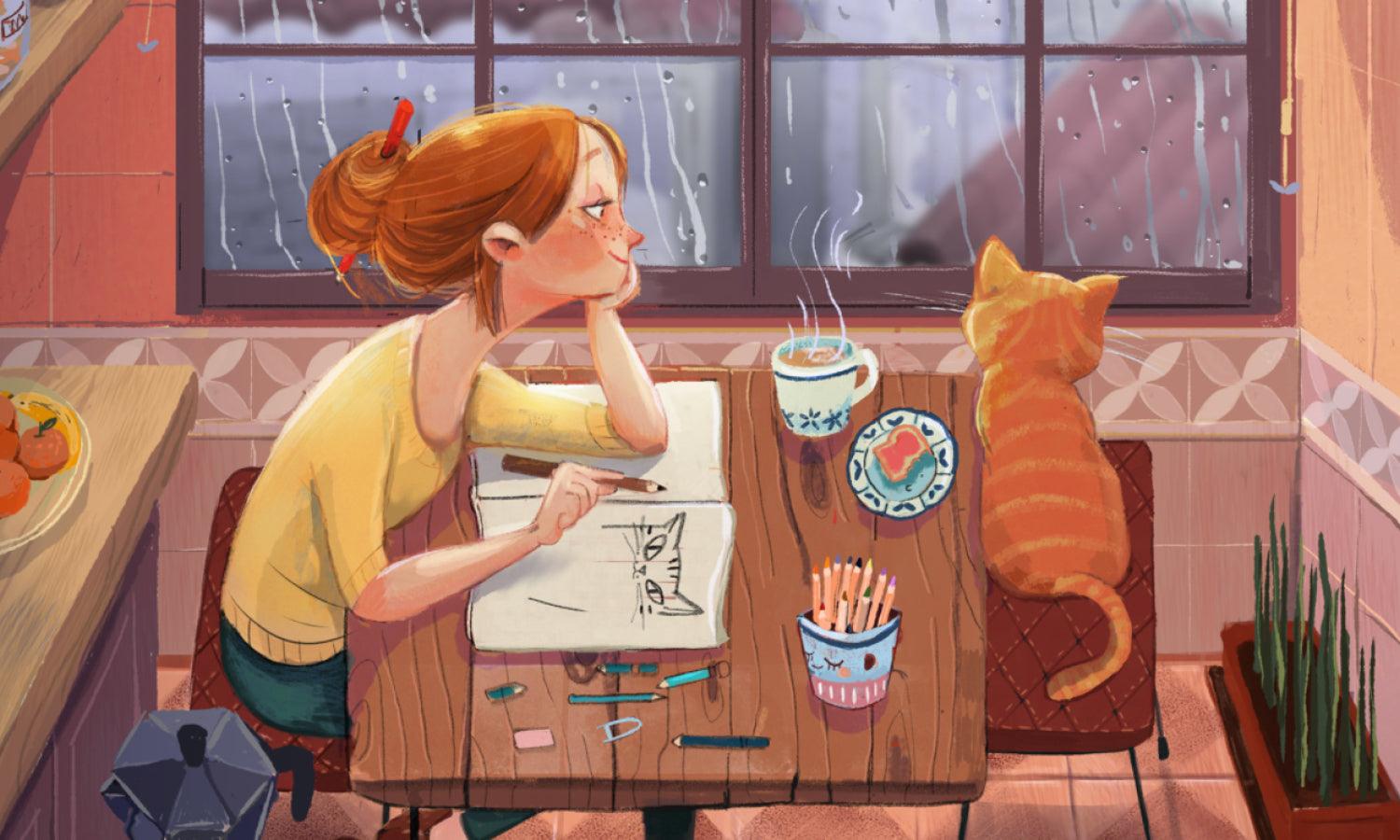

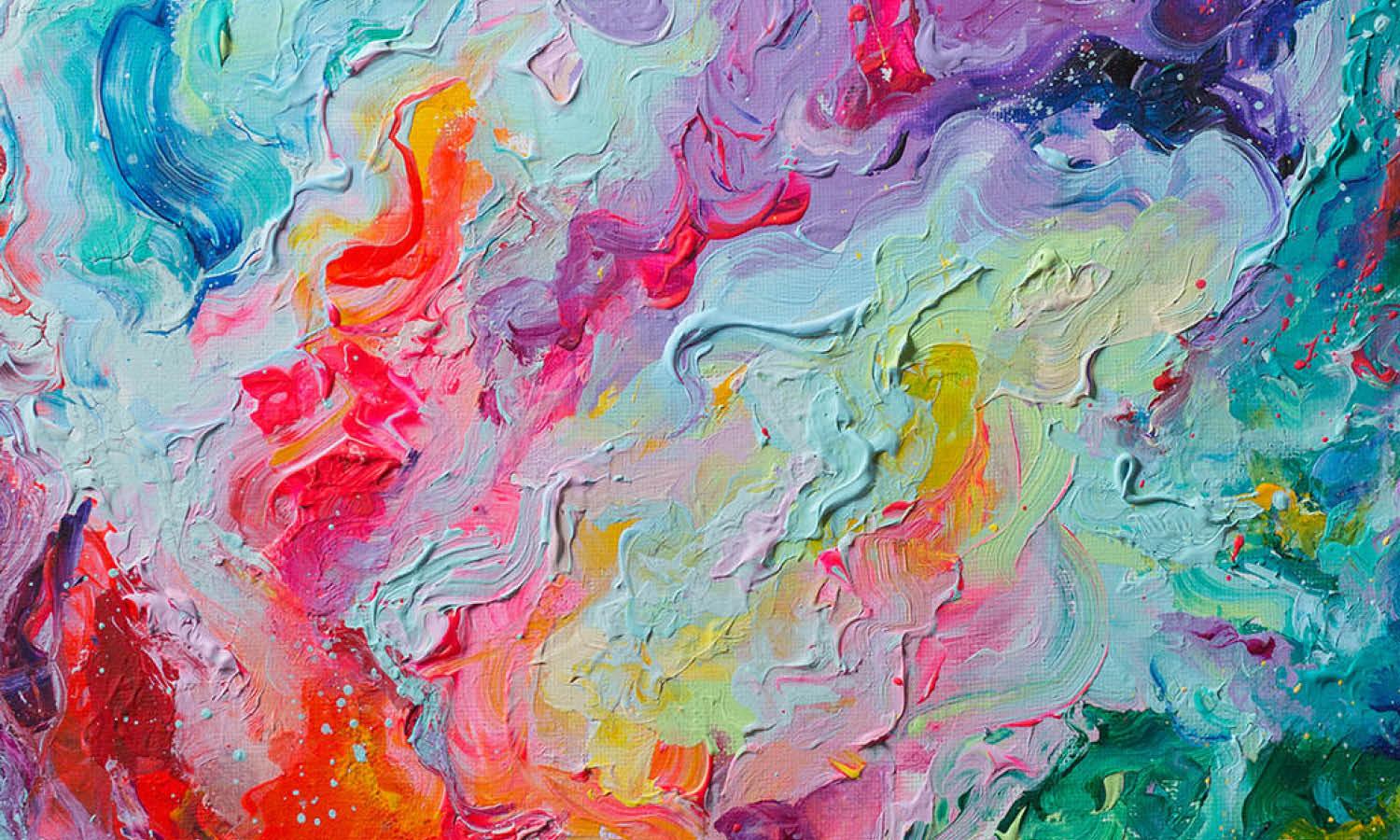
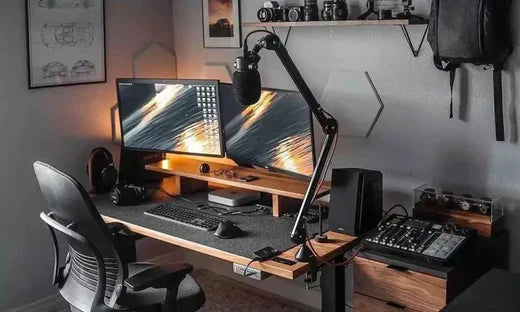


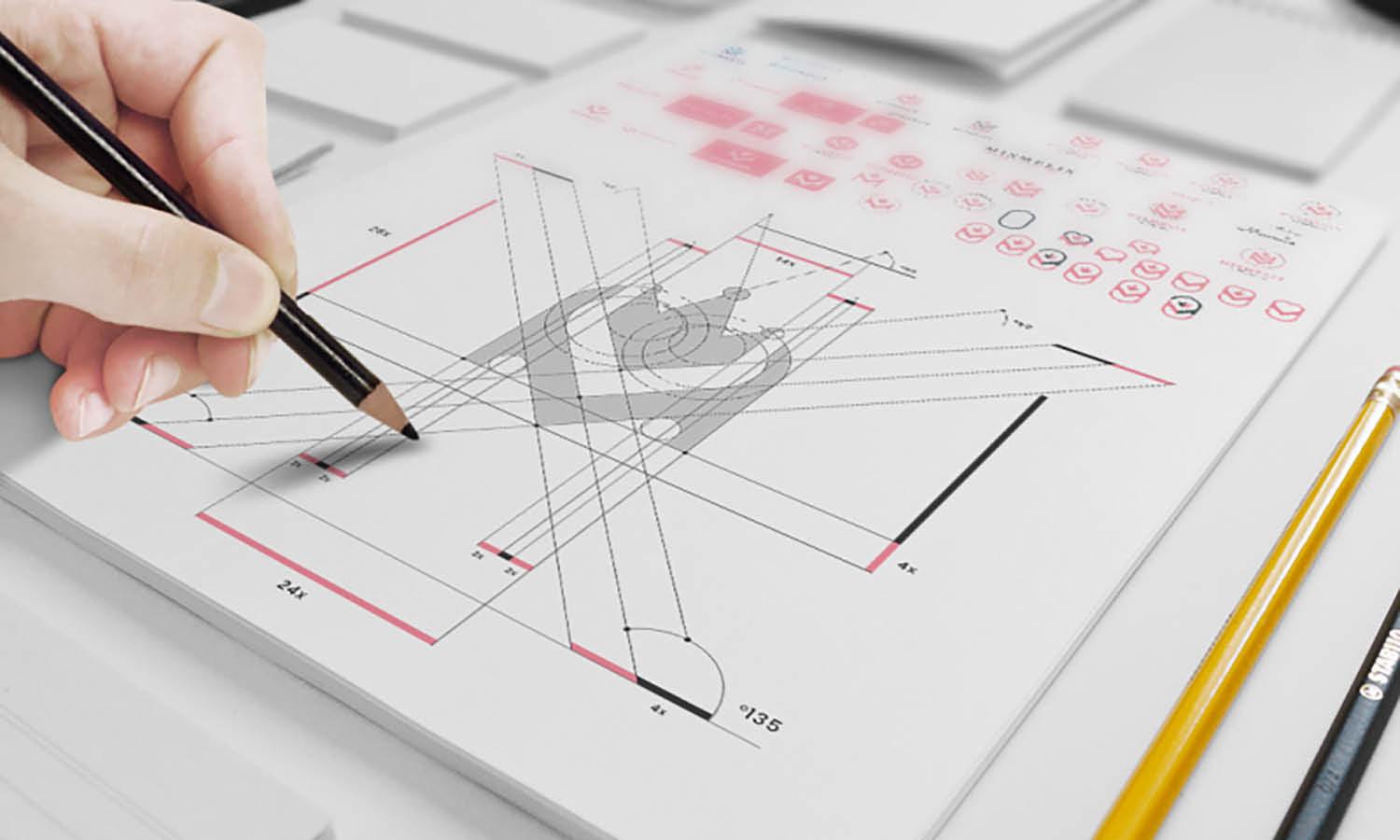
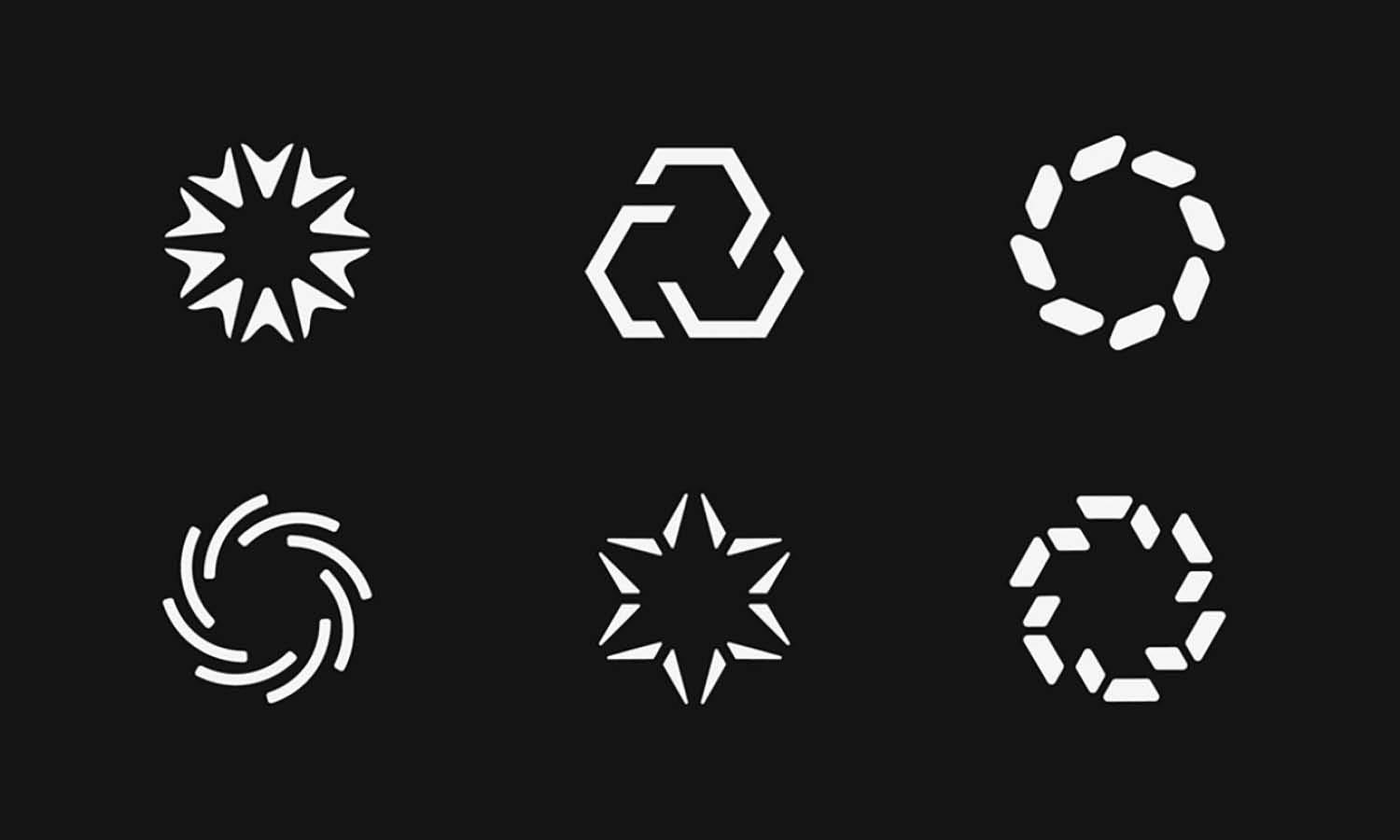






Leave a Comment